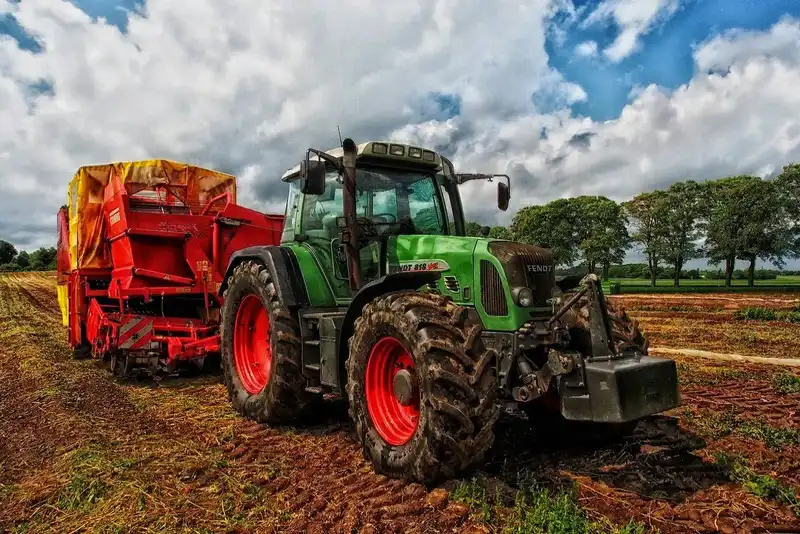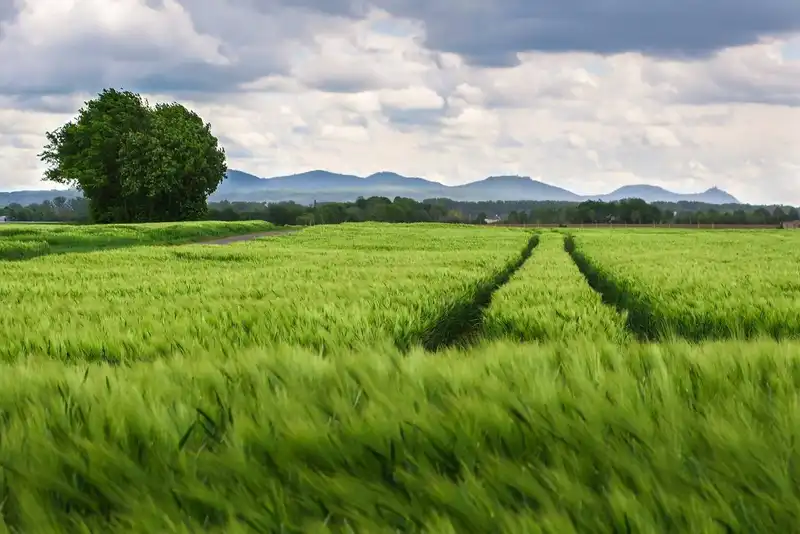Different Types of Agriculture Practices
What are Agriculture Practices?

GAPS, meaning Good Agricultural Practices, are guidelines used by most farms to reduce the risk of microbial contamination which can cause foodborne illness. The Food and Drug Administration (FDA)'s Guide to Minimizing Microbial Food Safety Hazards for Fresh Produce are where the guidelines come from.
Why GAPs?
A growing interest in fresh produce by consumers has seen a rise in foodborne illness outbreaks as well. The main causes of contamination come from bacteria strains. Salmonella, E. coli 0157-H7 and the parasites Cryptosporidium and Cyclospora are the main culprits.
To minimize the risk of a microbial spread, buyers and produce distributors are now requiring an audit on their vendors. Using third party services, the intent is to verify that the produce is following Good Agricultural Practices (GAPS) correctly.
Why are GAPs important to farming?
Good Agricultural Practices keep farming techniques safe by reducing the risk of bacterial contamination. By following the guidelines set forth by the FDA, it ensures any food that comes from the farm isn't a source of illness. Reducing the risk of microbial spread will minimize foodborne illness outbreaks.
Foods that are most often the source of a food illness can be traced to the methods in which they are grown and eaten. Produce such as lettuce, tomatoes, carrots or sprouts are some examples as are melons or berries. Using Good Agriculture Practices growers can reduce the risk of contamination to the best of their ability. This doesn't mean all foods grown will be completely contaminant free, but will have less risk associated.
GAPS focuses on product shelf-life to reduce spoilage which is another cause of food intoxication. Proper food storage for raw items is especially important to keep products at high quality.
After introducing a food safety plan using the GAPS method, growers have see more efficient inventory control and product management.
Different Types of Agriculture Practices

Cultivation of crops started in ancient times. Today it's known as agriculture and it's used to manage and improve farming techniques. In agriculture, specific parameters regarding the soil, types of crops, climate, and more must be met. It's within these parameters that farmers conclude the crop harvesting schedule.
In order to maintain quality production through difficult seasons, certain guidelines are followed. For agriculture to be a successful endeavor, these guidelines, better known as agricultural practices, must be followed.
The proper methods and practices are-
Soil preparation
Before crops ever go into the ground, the soil must be prepared first. This means ploughing, levelling, and manuring to create a sustainable home for the crops to grow. Ploughing is done first to loosen and aerate the soil. Once ploughing is complete, levelling is done to distribute it evenly. The last step is to manure.
Sowing
The main element of sowing is to select seeds from a good quality of crop. Once the soil has been prepped, the seeds are placed in the field by hand or a drilling machine. Some crops need to be grown into small seedlings first before being planted into the main fields.
Manuring
To grow and yield the crops need proper nutrients. Manuring is when the nutritional needs are provided through a compound of manure. It either comes from a natural source or fertilizers which are higher in chemicals. Another benefit to manuring is replenishing soil fertility too.
Irrigation
Irrigation is supplying water to the crops. Water can come from many sources but the better the water quality the more beneficial to the crops. Controlling waterlogging, which can damage crops, is done by an interval method of irrigation.
Weeding
Weeds can kill crops. To ensure the crops grow strong, weeding is done by hand or with weedicides. If the weeds are not pulled, they will siphon off nutrients that the crops need for growth.
Harvesting
When the crops are ready, they will be cut and gathered up which is known as harvesting. After harvest, the grains will be separated from the chaff using threshing. This is done manually or with winnowing.
Storage
Harvested grains are stored in bins. As with any food storage, the grains need to have the proper storage to ensure they remain as fresh as possible. Proper storage also keeps grains dry and free from pests or rodents.
Conclusion to Agriculture Practices
- Good Agricultural Practices (GAPS) are guidelines created by The FDA's Guide to Minimizing Microbial Food Safety Hazards for Fresh Produce.
- GAPS help divert the causes of foodborne illness on foods.
- Good Agricultural Practices are safe farming guidelines to reduce the risk of bacterial contamination.




